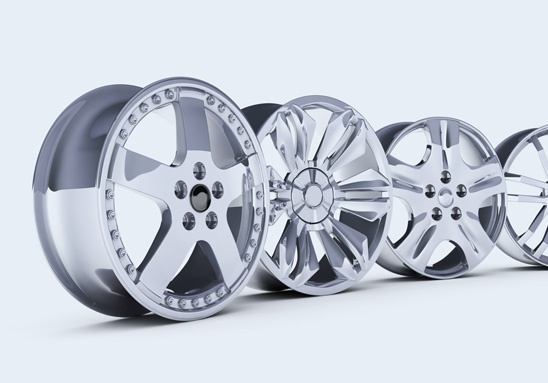Understanding the Importance of Rear Differential Seal in Vehicle Maintenance and Performance
Understanding Rear Differential Seal Importance and Maintenance
The rear differential is a crucial component of a vehicle’s drivetrain, responsible for distributing power to the rear wheels while allowing them to rotate at different speeds during turns. Nestled within this assembly is the rear differential seal, a small but vital part that plays a significant role in the overall functioning and longevity of the vehicle.
What is a Rear Differential Seal?
The rear differential seal is a cylindrical rubber or silicone seal that prevents fluid from leaking out of the differential housing. It acts as a barrier against dirt, debris, and moisture, ensuring that the lubricant remains contained within the differential assembly. The seal is typically located at the junction where the drive shaft connects to the differential and can also be found on the axle shafts.
Importance of the Rear Differential Seal
The primary function of the rear differential seal is to maintain the integrity of the differential fluid. The fluid lubricates the gears and bearings within the differential, reducing friction and heat production, which can otherwise lead to significant wear and damage. If the seal fails, it can result in fluid leaks, leading to inadequate lubrication. This can cause overheating, increased friction, and ultimately, a catastrophic failure of the differential.
Moreover, the seal plays a protective role by keeping contaminants such as dirt and water out of the differential. If harmful elements enter the differential assembly, they can create sludge and debris that can damage the internal components, leading to costly repairs.
Signs of a Bad Rear Differential Seal
Recognizing early signs of a failing rear differential seal is crucial for maintaining the health of your vehicle. Here are some common indicators
1. Leaking Fluid One of the most obvious signs of a bad seal is the presence of differential fluid pooling beneath the vehicle. This can indicate a significant leak that requires immediate attention.
rear differential seal

3. Warning Lights Some vehicles are equipped with sensors that will trigger dashboard warning lights if the differential fluid levels drop significantly.
4. Vibration or Handling Issues A failing differential can cause vibrations during acceleration or deceleration, affecting the vehicle’s handling and stability.
Maintenance of the Rear Differential Seal
Preventative maintenance is key to prolonging the life of the rear differential seal and the differential itself. Here are some tips for ensuring its optimal functionality
1. Regular Fluid Checks Periodically check the differential fluid level and condition. If the fluid appears dark or contaminated, consider changing it.
2. Inspect for Leaks Regularly inspect the area around the differential for any signs of leaking fluid. Early detection can prevent much larger issues.
3. Professional Servicing If you suspect a problem with the rear differential seal or if you notice any warning signs, have a professional mechanic inspect the differential. This can help catch issues before they escalate.
4. Fluid Changes Follow the manufacturer’s recommendations for fluid change intervals, as this can help maintain the effectiveness of the seal and the overall health of the differential.
Conclusion
The rear differential seal may be a small component, but its importance in preventing leaks and protecting the differential cannot be understated. Regular maintenance and timely detection of issues can save vehicle owners from expensive repairs and ensure the smooth operation of the vehicle. By staying vigilant and informed, drivers can enjoy a safer and more reliable driving experience.
-
Understanding the Front Main Engine Seal: Purpose, Maintenance, and Installation
News Jul.29,2025
-
Understanding O-Rings and Seal Rings: Types, Applications, and Custom Solutions
News Jul.29,2025
-
Understanding Crankshaft Oil Seals: Rear Seals, Pulley Seals, and Their Role in Engine Integrity
News Jul.29,2025
-
The Importance of Front and Rear Crankshaft Seals in Engine Performance and Oil Management
News Jul.29,2025
-
Crank Oil Seals: Functions, Types, and Cost Considerations in Engine Maintenance
News Jul.29,2025
-
A Comprehensive Guide to O-Rings and Seals: Types, Materials, and Global Applications
News Jul.29,2025
-
Mastering Diesel and Performance Engine Maintenance: A Guide to Critical Oil Gaskets
News Jul.28,2025
Products categories















